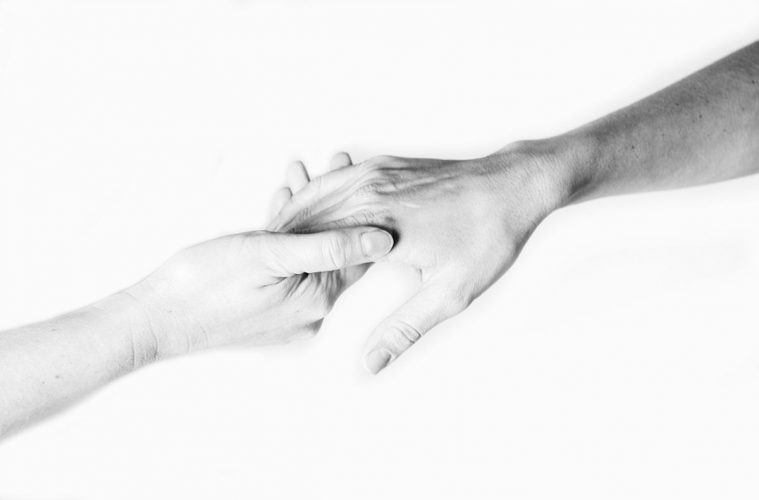Solving tension by touch
Haptonomy is a treatment in which touch between the therapist and the patient is an important entrance. Through the touch you can contact with the feelings that are stored in your body. Blockages and body tensions can be felt.
Origins in physical therapy
Haptonomy has its origins in physical therapy. They discovered that there is a clear link between body and mind. Everyone knows the phenomenon that if you are emotionally tense this reflects on your body. Haptonomy elaborated this further and developed a form of therapy. The touch plays an important role in the therapy and is a direct way to make you feel that what you can feel.
Develop yourself by touching
Touching is not only natural but also very important. By touching a child grows in his development and he can explore his environment. He also learns his limitations, to make contact and to feel his motor skills (inner movement). And he is getting more aware of his body and tensions that are stored in his body.
Develop self-confidence
Haptonomy aims safety, self-confidence and to develop or strengthen the individuality of someone in the communication with others. When someone has trust, he better dares to face his own possibilities and impossibilities in relation to its environment.
In addition, the haptonomist teaches someone to cope better with his own physical feeling, so that he/she can handle physical and psychological (emotional) problems in another way.
Haptonomy is applied to people who:
o have stress-related complaints;
o pain symptoms and do not know how to deal with this;
o have lack of self-confidence;
o are little resilient;
o insufficient feel and indicate limits.
Other applications
Furthermore, haptonomy is applied in the world of sporting, during pregnancy and in coaching within business (mental coach). A well-known haptonomist is Ted Troost. He did treat a lot of famous Dutch sportsmen like Ruud Gullit, Marco van Basten and Yvonne van Gennip.
Would you like to get to know haptonomy? Here you can find an overview of practitioners in Amsterdam.
Photo credits: Facebook/Suzanne van Enk

